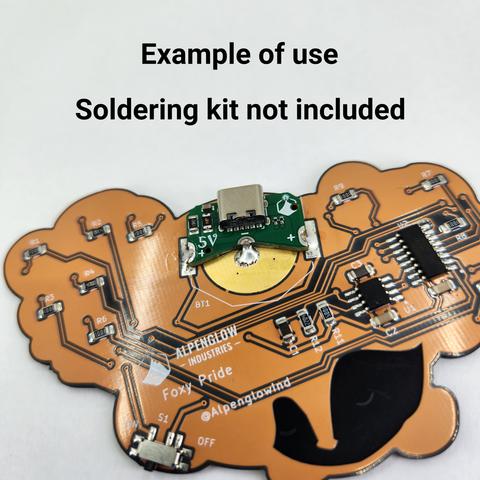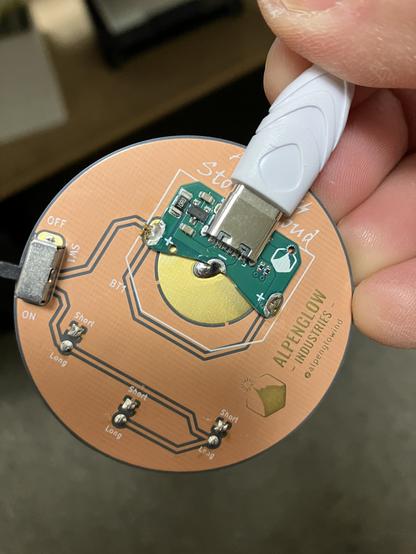I designed a new background for you all. Download it here or buy it on my Patreon store: https://www.patreon.com/straithe/shop/digital-plants-1509024
I like figuring out how things work, and using that to solve problems. Software, hardware, whatever!
I have a background in large scale web applications, but have also been tinkering with electronics my whole life.
Recently I spent most of my time working on Pixelblaze.
I also enjoy photography, games (on/offline), nature, swimming, family time, and geeking out with people on shared interests.
| Website | https://bhencke.com/ |
| GitHub | https://github.com/simap/ |




